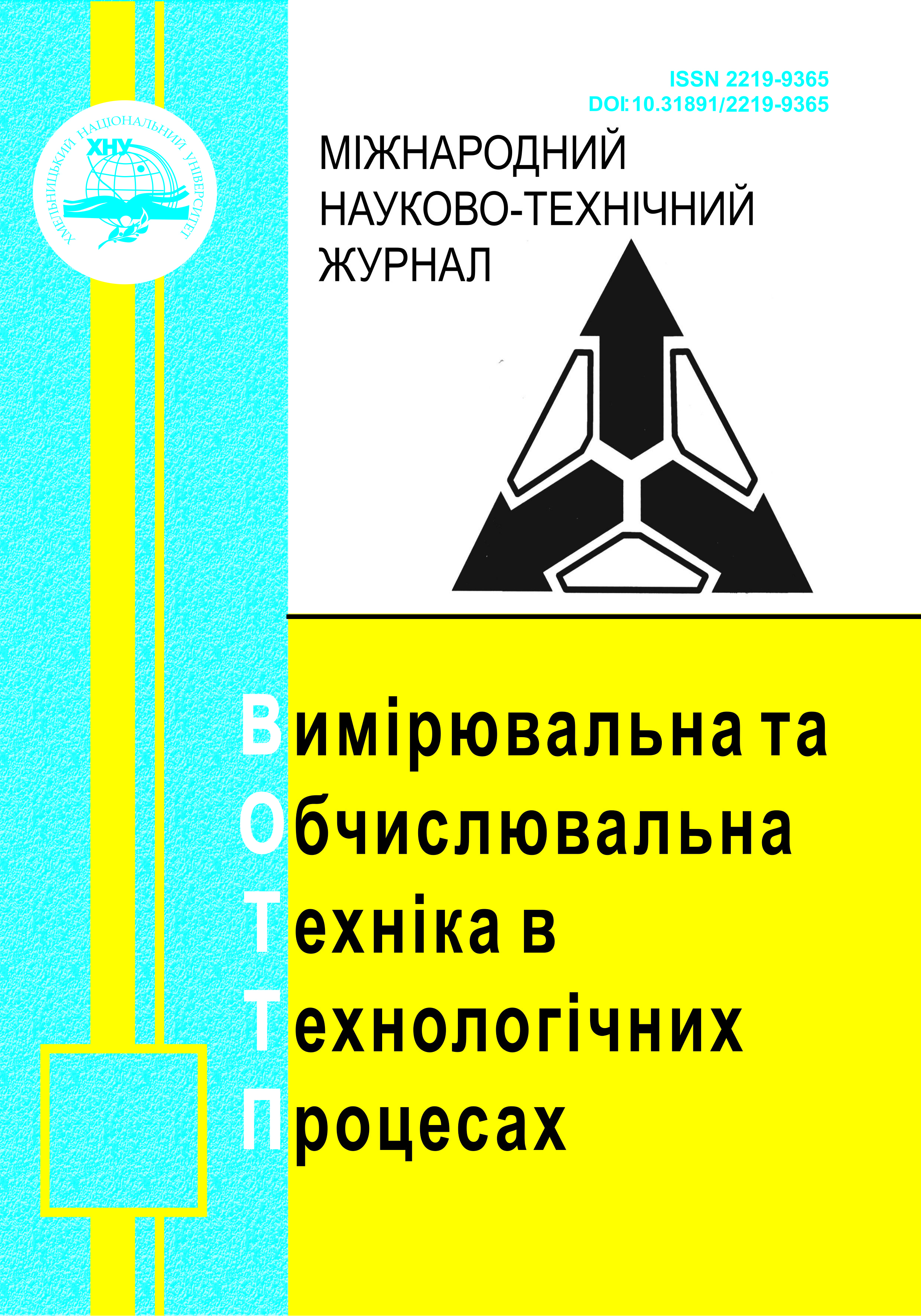APPLICATION OF MACHINE LEARNING METHODS FOR ANALYZING MEAT FRESHNESS DATA
DOI:
https://doi.org/10.31891/2219-9365-2025-81-3Keywords:
Control System, Neural Network, Food Safety, TensorFlow, Quality control, Machine learningAbstract
Consumers are increasingly questioning the quality of food products, particularly meat, and demanding reliable information about its freshness and safety. Traditional methods of assessing meat freshness, such as organoleptic and laboratory analyses, are often subjective, labor-intensive, and time-consuming. This has underscored the need for developing effective and rapid methods for determining meat freshness. In this context, modern technologies, including neural networks, have become highly relevant for identifying meat freshness. Neural networks, recognized for their powerful data processing and analysis capabilities, offer precise and automated methods for assessing food quality. This study investigates the application of machine learning methods, particularly using TensorFlow, to analyze meat freshness data. We propose a smart meat quality control system that combines a sensory network and a neural network. The system integrates gas sensors and a color sensor, with software employing a neural network for analysis and decision-making. The structure of the smart system, its operational principles, architectural features, and the training process of the neural network using TensorFlow are thoroughly detailed. Our project involves integrating sensors, an Arduino microcontroller, and a Raspberry Pi single-board computer to develop a system capable of accurately and reliably determining meat freshness. The results demonstrate that the proposed system can significantly enhance meat quality control by providing timely and accurate freshness assessments. This has profound implications for reducing food waste, protecting consumers from potential health risks, ensuring fair pricing, and improving overall quality control in the meat industry. Further research and development aimed at optimizing the model, increasing training data, and integrating real-time analysis are suggested to enhance the system's efficiency and practical application.
Downloads
Published
How to Cite
Issue
Section
License
Copyright (c) 2025 Богдан БОГУШ, Олег РОМАНЧУКЕВИЧ

This work is licensed under a Creative Commons Attribution 4.0 International License.

